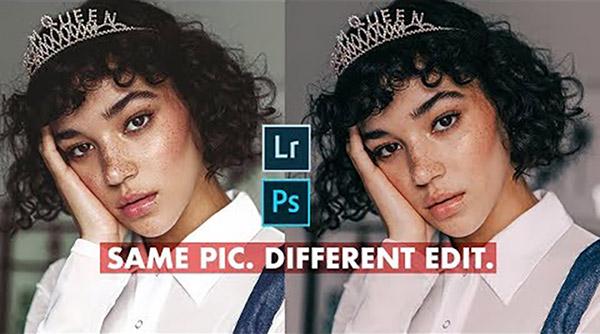|
Mar 26, 2019 |
|
Mar 21, 2019 |
|
Mar 15, 2019 |
|
Mar 13, 2019 |
|
Mar 12, 2019 |
|
Mar 07, 2019 |
|
Mar 05, 2019 |
Here’s How to Remove ANYTHING from an Image with Photoshop’s Updated Content-Aware Fill Tool (VIDEO)
|
Feb 27, 2019 |
|
Feb 22, 2019 |
|
Feb 15, 2019 |
|
Feb 05, 2019 |
|
Jan 22, 2019 |
|
Jan 08, 2019 |
|
Jan 04, 2019 |
















